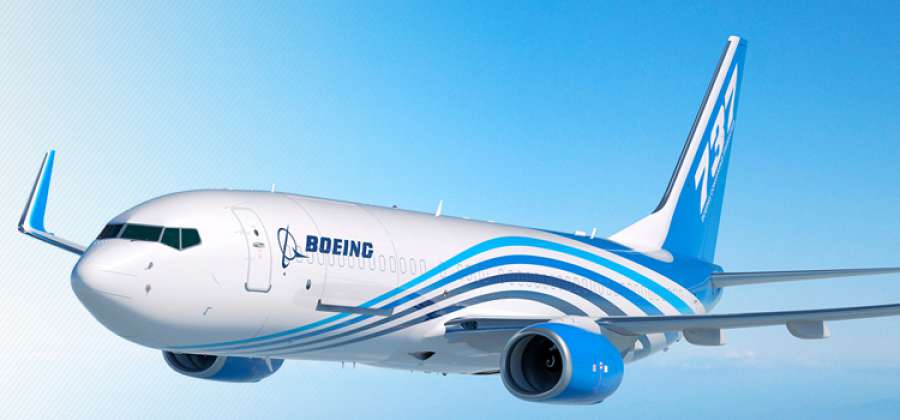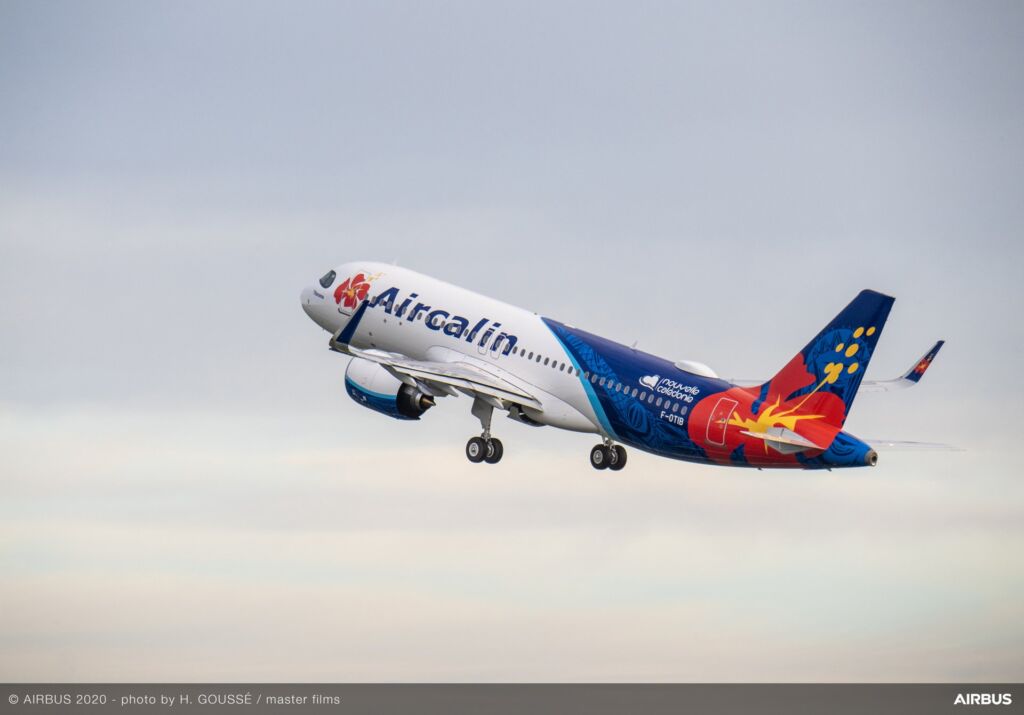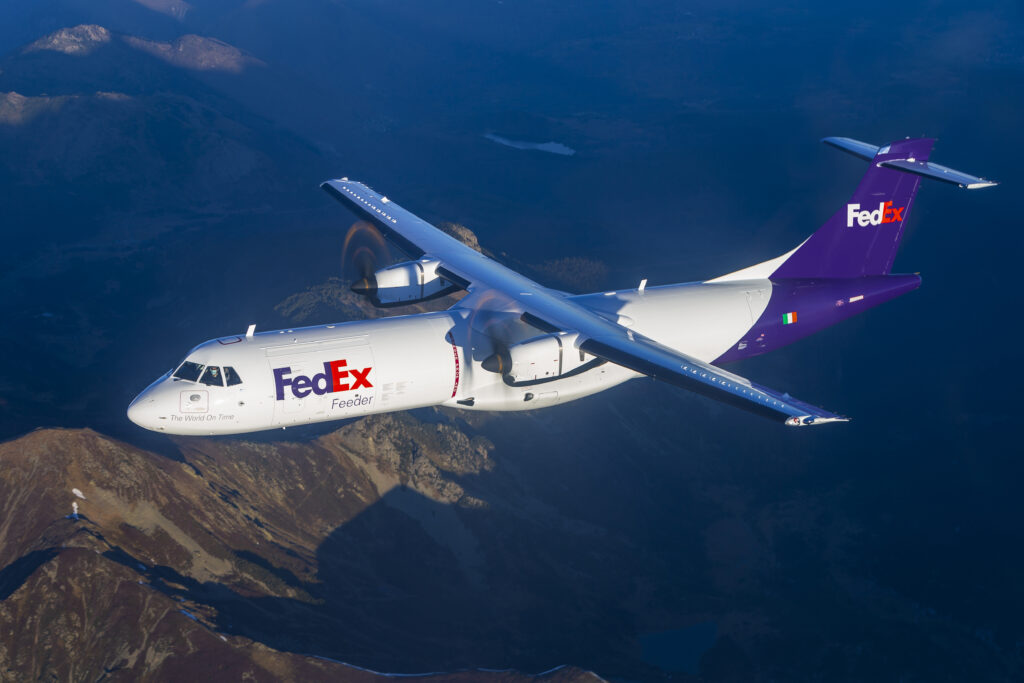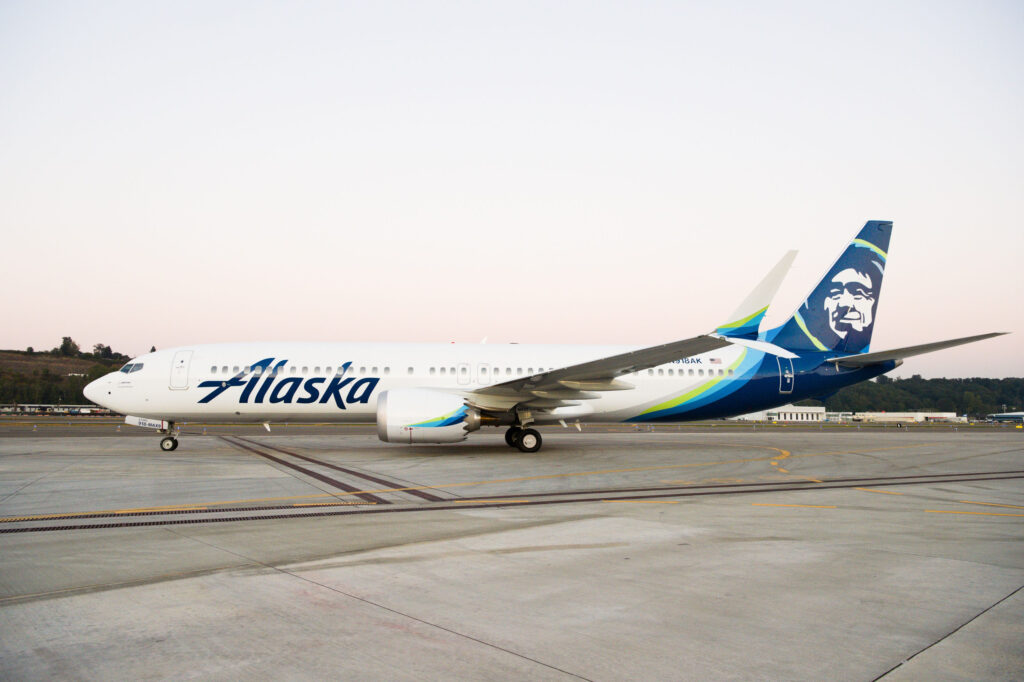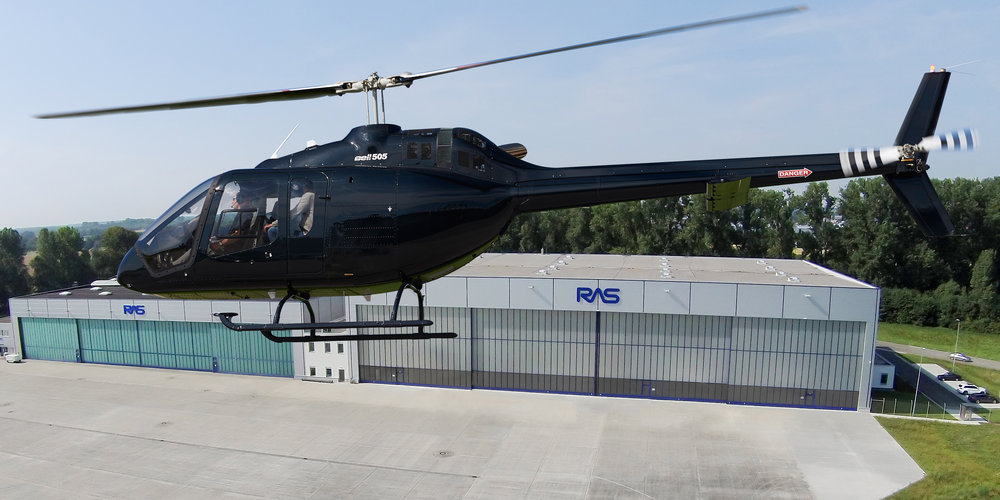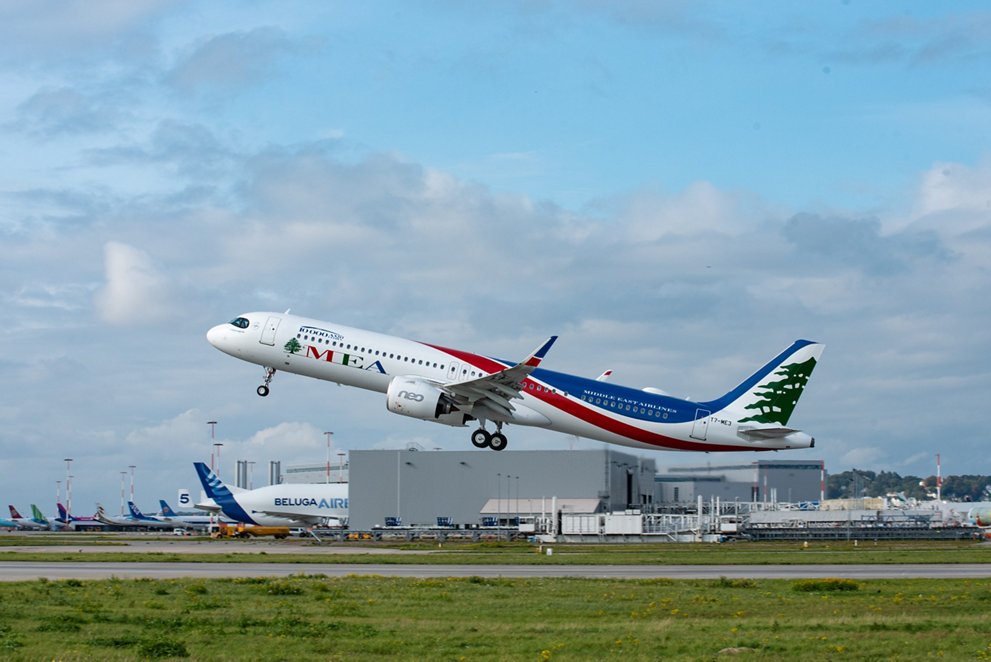Alaska Airlines Takes Delivery of its First Boeing 737-9 MAX Aircraft
Alaska Airlines (NYSE: ALK) has accepted delivery of its first Boeing 737-9 MAX airplane, marking a new phase of modernizing the airline's fleet in the coming years. Alaska pilots flew the aircraft on a short flight yesterday…

